
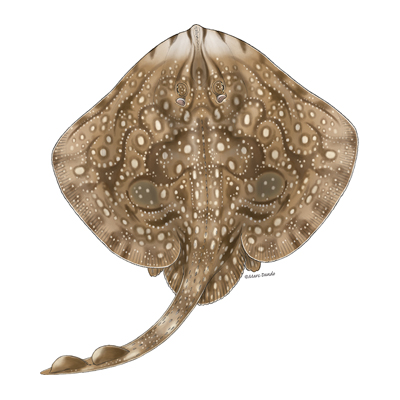
A beautiful ray, a member of the skate family the undulate ray has striking undulating patterns of darker lines and spots across a pale grey to sand yellow background.
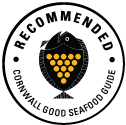
Cornish vessels landing to Cornish ports
Demersal trawls are large nets that are pulled through the water with the bottom edge of the net touching the seabed. At each edge the net is pulled open by metal ‘trawl doors’. Sometimes referred to as Otter trawling.
Learn more
Cornish vessels landing to Cornish ports
Gill nets are lightweight nets made of nylon (monofilament) fishing line that are anchored to the seabed and are used to catch fish by entangling the gills.
Learn more
Cornish vessels landing to Cornish ports
Beam trawls are nets with a steel beam that holds the net open. The belly of the net is made of chains and the upper surface of the net is mesh. Beam trawlers pull two nets along the seabed simultaneously.
Learn moreCornwall Good Seafood Guide rates fish on sustainability using a scale of 1 to 5.
1, 2 and 3 are recommended, Fish to avoid are rated 5.
We use the system devised by the Marine Conservation Society (MCS) so our scores are comparable with the scores produced by MCS for the UK and fisheries from all around the world. For more information on scoring click here.
The undulate ray is a medium sized skate that grows to a maximum length of 100cm and weight of 10kg. The species lives for up to 20 years and is not sexually mature until it is 9 years old and 75cm in length. Eggs are laid from March to September. They live on the seabed and feed on a range of invertebrates, crustaceans, molluscs worms and fish.
Undulate ray in the English channel has recovered to a healthy state and is currently being harvested sustainably.
This stock was considered depleted since from 1990 until a landing ban was implemented in 2009, which lasted until 2014. It has since recovered to a healthy state. Following a stock benchmark in 2022, relative biomass (B) in is 1.77. This is above MSY Btrigger and Blim.
Fishing pressure (F) on the stock in 2021 was 0.32. This is below FMSY.
ICES advises that when the MSY approach is applied, landings in 2023 and 2024 should be no more than 4836 and 4675 tonnes respectively. This advice is substantially larger than the previous advice (2552 tonnes in 2021 and 2022), and it is not known how this will impact discard rates for undulate ray.
Small fish (less than 50cm) were not included in the ICES assessment. Any catch of small undulate ray would continue to be discarded with a high survival rate.
The stock of undulate ray in the English Channel is managed under a specific total allowable catch (TAC). This precautionary TAC has been increasing since 2016 as the biomass index has increased, however, it is constraining and results in high discard rates (e.g. 93% discarded in 2021). From 2019-2022, the TAC has been 234 tonnes for 7.d and 7.e combined. In 2023, the TAC increased substantially to 3,192 tonnes (with a 33% allocation to the UK). For the UK the commercial quota increased from 75t in 2022, to 1071t in 2023.
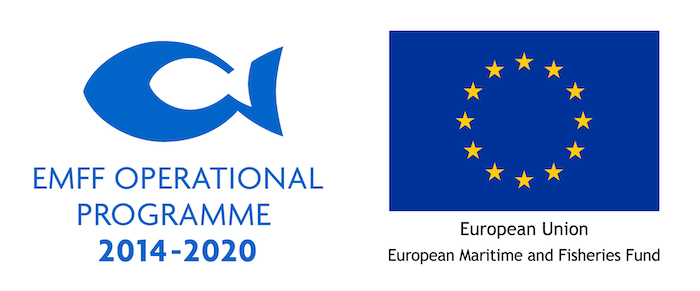
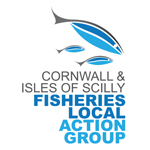
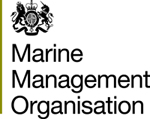



Cornwall Good Seafood Guide is underpinned by the Marine Conservation Society (MCS) Good Fish Guide. The first UK consumer guide to sustainable seafood. For more information visit www.fishonline.org
Cornwall Good Seafood Guide is here to help us all make sustainable seafood choices. Choices that will help us keep the oceans healthy and Cornish fishers' futures safe. This website is funded by Cornwall Wildlife Trust. If you would like to make a meaningful difference to the health of our oceans, please consider making a donation to the Cornwall Wildlife Trust Ocean Emergency fund. Your donation will help safeguard these remarkable environments, ensuring that they continue to thrive for generations to come. Together, we can be stewards of the seas and champions for a healthier, more sustainable future.